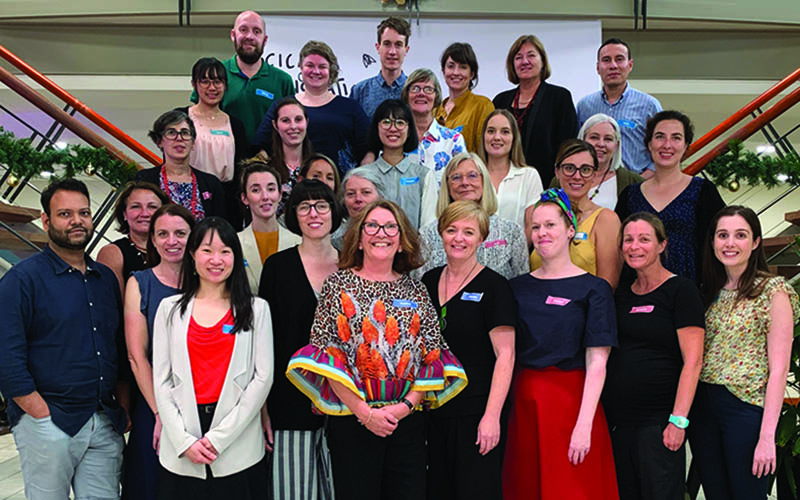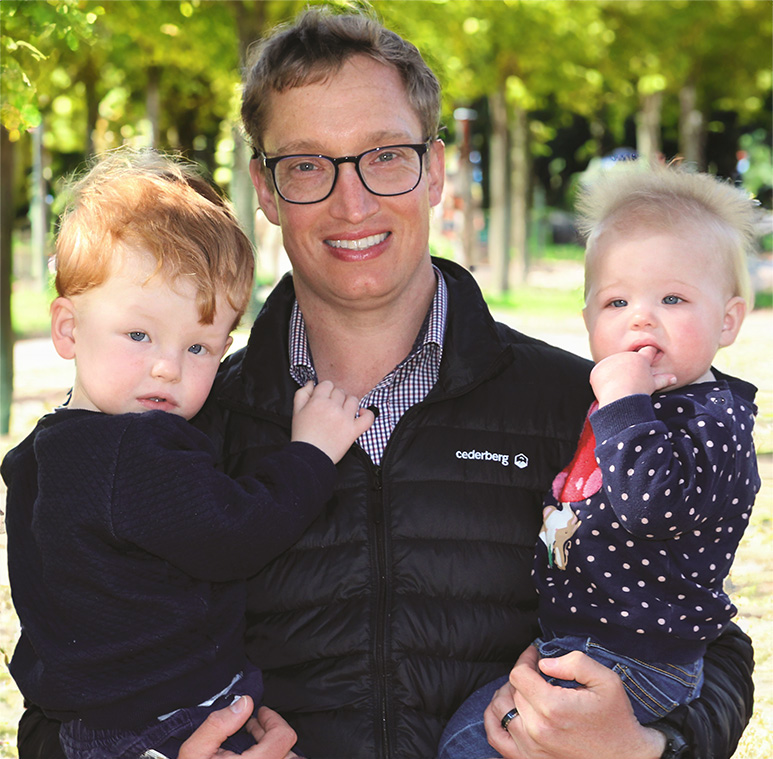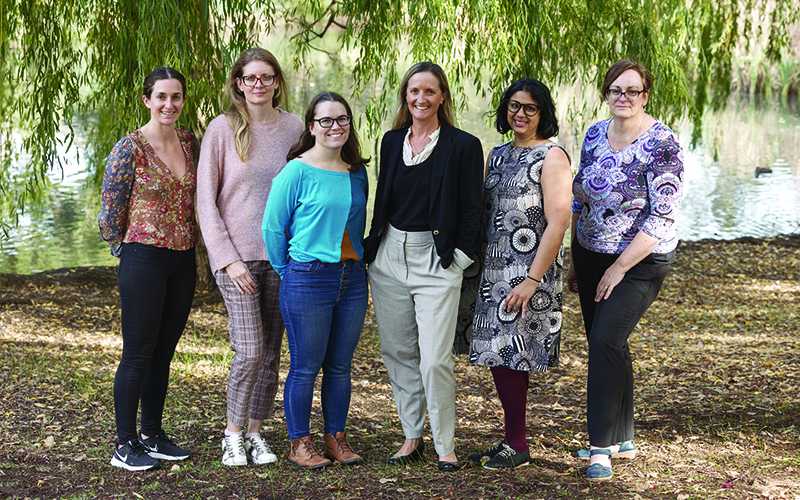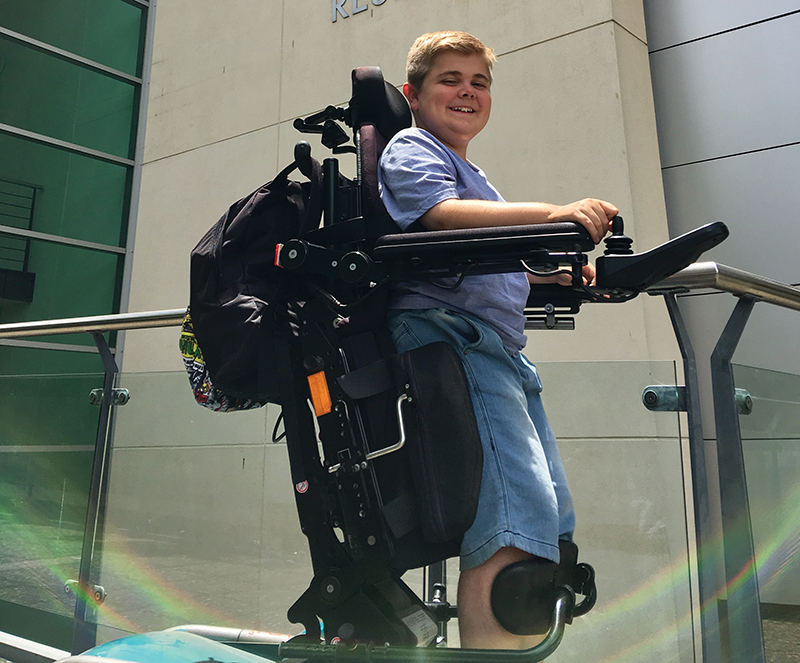Search
Research
Prevalence and burden of coronary artery disease on computed tomography coronary angiography and its correlation with high-density lipoprotein in the Northern Territory, AustraliaIndigenous Australians are known to have a higher prevalence of coronary artery disease (CAD) than non-Indigenous counterparts. Atherogenic lipid profiles, characterised by low serum levels of high-density lipoprotein (HDL) and higher serum triglycerides, have been shown to be more prevalent in Indigenous Australians. The use of computed tomography coronary angiography (CTCA) for risk stratification and diagnosis of CAD has been validated in moderate risk populations, but limited data exists in specific high-risk populations such as Indigenous Australians.

The FASD Research Australia Centre of Research Excellence (CRE) has substantially built the evidence base around FASD and had a significant impact on advocacy, policy and practice.

New dads can feel undervalued and face significant health and mental health risks following the birth of a child, according to new research that has prompted a rethink about how to address the often-unmet needs of fathers.

Childcare centres have flocked to take up a new evidence-based policy to help ensure young children get more of the physical activity they need to be healthy and developmentally on track.

Klair Bayley knew her son Logan would eventually need a wheelchair.
Research
Ngulluk Moort, Ngulluk Boodja, Ngulluk Wirin (our family, our country, our spirit): An Aboriginal Participatory Action Research study protocolWe are working with the leadership and staff at foster care agencies and community members to provide information about cultural connection, and cultural activity and resources for Aboriginal children living in non-Aboriginal care arrangements.
Research
Widespread haemorrhages in infants post-shunting (WHIPS): clinical features, risk factors and neuroimaging characteristics of a rare and under-recognised phenomenonInfants undergoing CSF shunting procedures face a rare complication which we propose to rename "Widespread Haemorrhages in Infants Post-Shunting" (WHIPS) to better capture this unique phenomenon specific to infants undergoing CSF diversion. Our objective is to analyse the risk factors for WHIPS development and provide a detailed neuroradiological description of these haemorrhages.
Research
Environmental Determinants of Islet Autoimmunity (ENDIA) longitudinal prospective pregnancy to childhood cohort study of Australian children at risk of type 1 diabetes: parental demographics and birth informationThe Environmental Determinants of Islet Autoimmunity Study is an ongoing Australian prospective cohort study investigating how modifiable prenatal and early-life exposures drive the development of islet autoimmunity and type 1 diabetes in children. In this profile, we describe the cohort's parental demographics, maternal and neonatal outcomes and human leukocyte antigen genotypes.
Research
Airway management in neonates and infants: Recommendations according to the ESAIC/BJA guidelinesSecuring an airway enables the oxygenation and ventilation of the lungs and is a potentially life-saving medical procedure. Adverse and critical events are common during airway management, particularly in neonates and infants. The multifactorial reasons for this include patient-dependent, user-dependent and also external factors.
Research
Correction: Neonatal sepsis definitions from randomised clinical trialsTobias Strunk MD, PhD, FRACP Head, Neonatal Health tobias.strunk@thekids.org.au Head, Neonatal Health Clinical Professor Tobias Strunk is a
